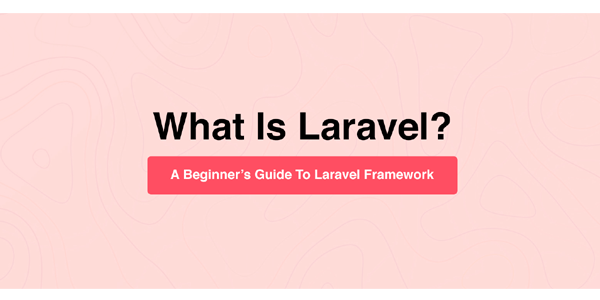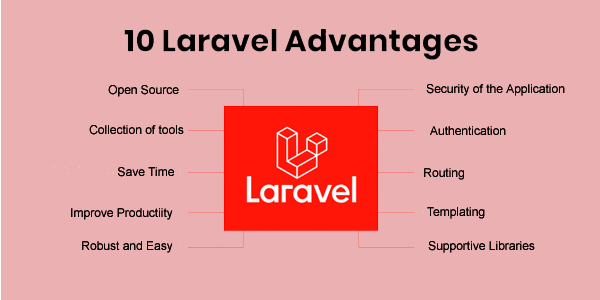What is Laravel?
Laravel is a web framework built on PHP. That is, the code that has been done has been coded in PHP. You can use it to create High-End Web Applications, you can create the very best web application using Laravel in it. Laravel follows the architectural pattern of MVC (Model View Controller). Laravel was created by Taylor Otwell.

Advantages of Laravel?
- Open Source
- Collection of tools
- Save Time
- Improve Productiity
- Robust and Easy
- Security of the Application
- Authentication
- Routing
- Templating

Requirements for Learning Laravel
Do You Know
- HTML
- CSS
- JavaScript
- SQL
- PHP OOP
- MVC
- Composer
Laravel Requirements
- PHP 7.2.0 or Higher
- XAMPP (Apache + MariaDB + PHP + Perl)
- WAMP/LAMP/MAMP
- Composer
- Text/Code Editor- Notepad++, VS Code, ATOM, Brackets
- Web Browser- Google Chrome, Mozilla Firefox, Edge
